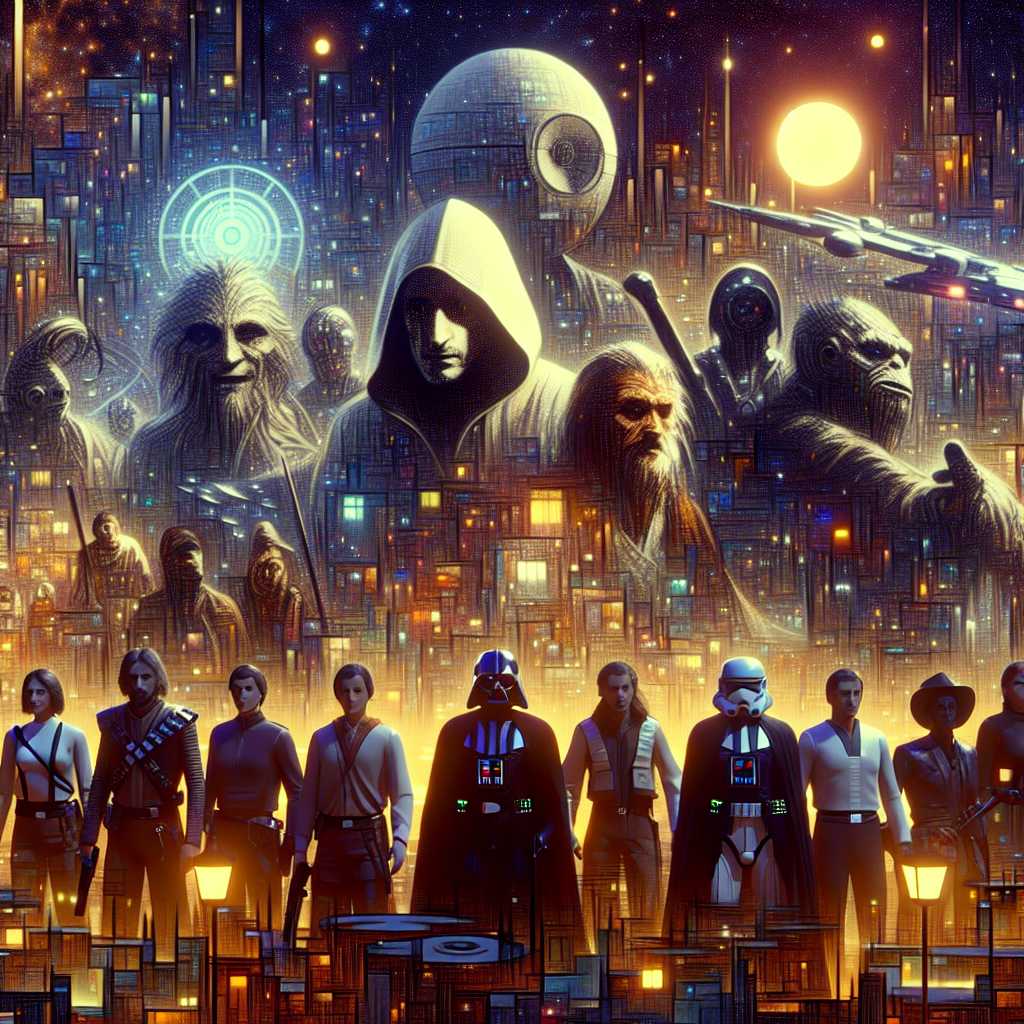The Galactic Underworld in Star Wars: Emergence of the Outlaws
Star Wars, a pop culture phenomenon that started more than four decades ago, has enthralled audiences with its epic tales of the battle between good and evil in a galaxy far, far away. Much of the franchise focuses on the grandeur of the Jedi, the Sith, and their titanic struggles; however, an often equally compelling element is the gritty world of scoundrels, bounty hunters, and outlaws that operates in the underbelly of the Star Wars Universe. This article will explore how outlaws have become a celebrated part of Star Wars lore, highlighting their diverse roles, notable characters, and cultural impact.
The Rise of a Rich Cast of Rogues
The introduction of characters like Han Solo and Boba Fett in the original trilogy created a mystique around Star Wars’ less-than-legal occupations. These outlaws provided a counterpoint to the moral binaries that Jedi and Sith represented. With their unique codes of honor and pragmatic approach to the galaxy’s conflicts, these figures became icons of individualism and rebellion within the series.
As the Star Wars universe expanded, so did the depiction of its criminal element. From Jabba the Hutt’s crime syndicate in “Return of the Jedi” to characters like Asajj Ventress who walked the fine line between bounty hunter and force wielder in “The Clone Wars” animation series, it became clear that outlaws played a pivotal role in the narrative complexity of Star Wars.
Cinematic Tales: Outlaws on the Silver Screen
The films have introduced audiences to various outlaw archetypes—the opportunistic smuggler, the ruthless gangster, the principled rogue. Spin-offs within the cinematic universe have placed an increasing focus on these kinds of characters. “Solo: A Star Wars Story,” for instance, delved into Han Solo’s origin as a charming scoundrel, exposing viewers to aspects of underbelly life such as heists, high-speed chases, and dodgy dealings.
Extended Universe Additions—New Legends and Canon Continuity
In addition to films and series, the existence of an extended universe through books and comics has added layers to our understanding of Star Wars’ criminals. Legends material—formerly canon prior to Disney’s acquisition—such as “The Han Solo Adventures” by Brian Daley or the comic “Star Wars: Underworld” highlighted seedy worlds here smugglers like Lando Calrissian would thrive.
Nowadays, new canon novels and comics also revel in shades of grey morality. They have given fresh angles on existing characters and introduced fans to new favorites like Doctor Aphra—a morally ambivalent archaeologist who became iconic in her right thanks to Kieron Gillen’s eponymous comic series published by Marvel Comics.
Video Games and Interactive Experiences
Video games have long been part of the fabric of Star Wars storytelling and are no different when it comes to showcasing criminal life. Titles such as “Star Wars: Bounty Hunter” allow players to assume the mantle of characters like Jango Fett, delving deeper into what drives these individuals beyond mere financial gain. MMORPGs like “Star Wars: The Old Republic” even provide entire storylines dedicated to living life as an outlaw-like character.
Cultural Impact: The Enduring Appeal of Star Wars’ Renegades
The popularity of outlaws within Star Wars speaks to a larger cultural fascination with characters that defy convention and eschew black-and-white morality. They humanize the conflict within a grand space opera—adding shades of grey where personal other than political or spiritual battles underpin actions. Outlaw figures allow for exploration into social themes like redemption—their arcs often involve moving from selfish motives toward causes greater than themselves.
